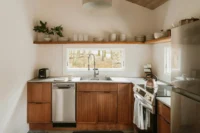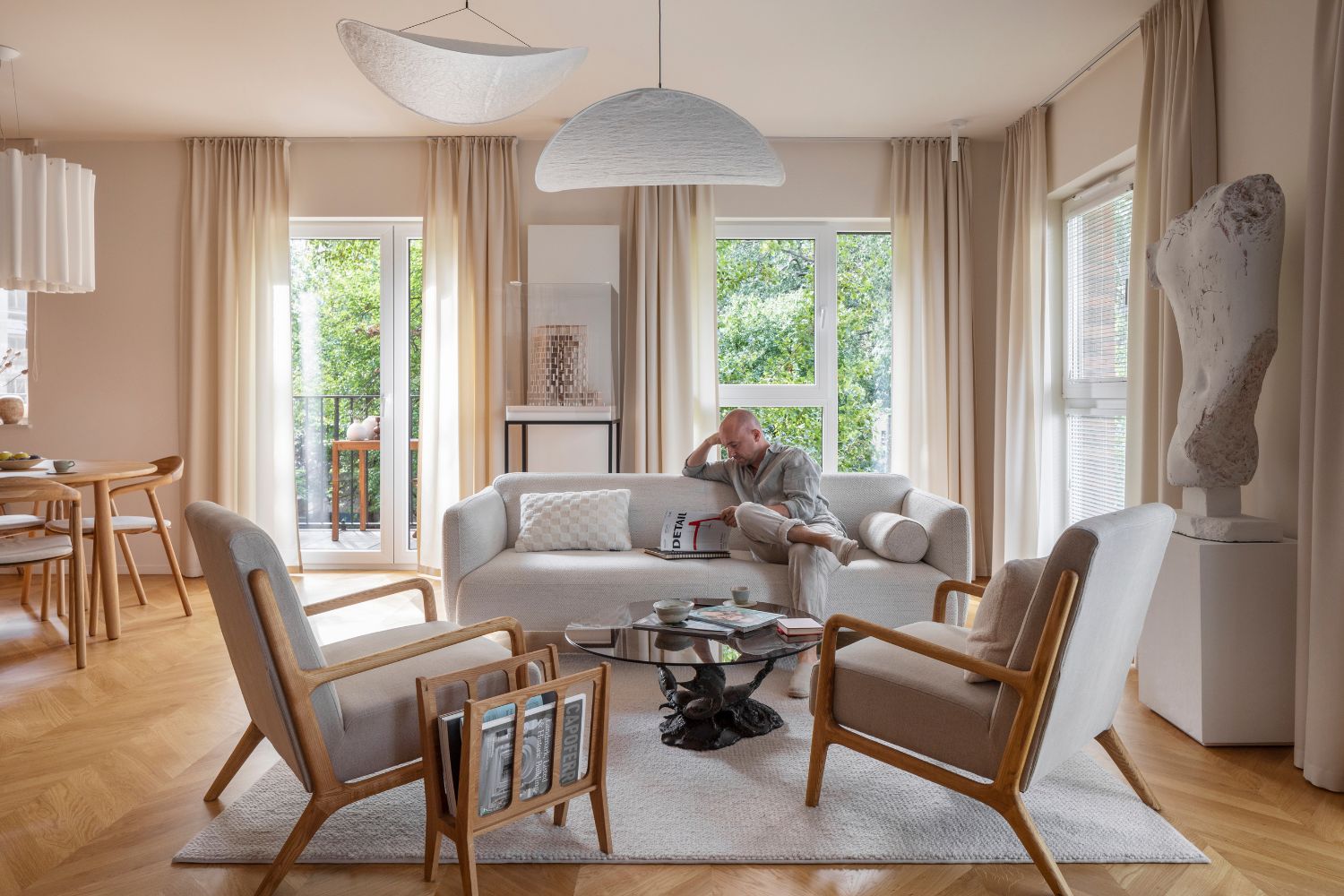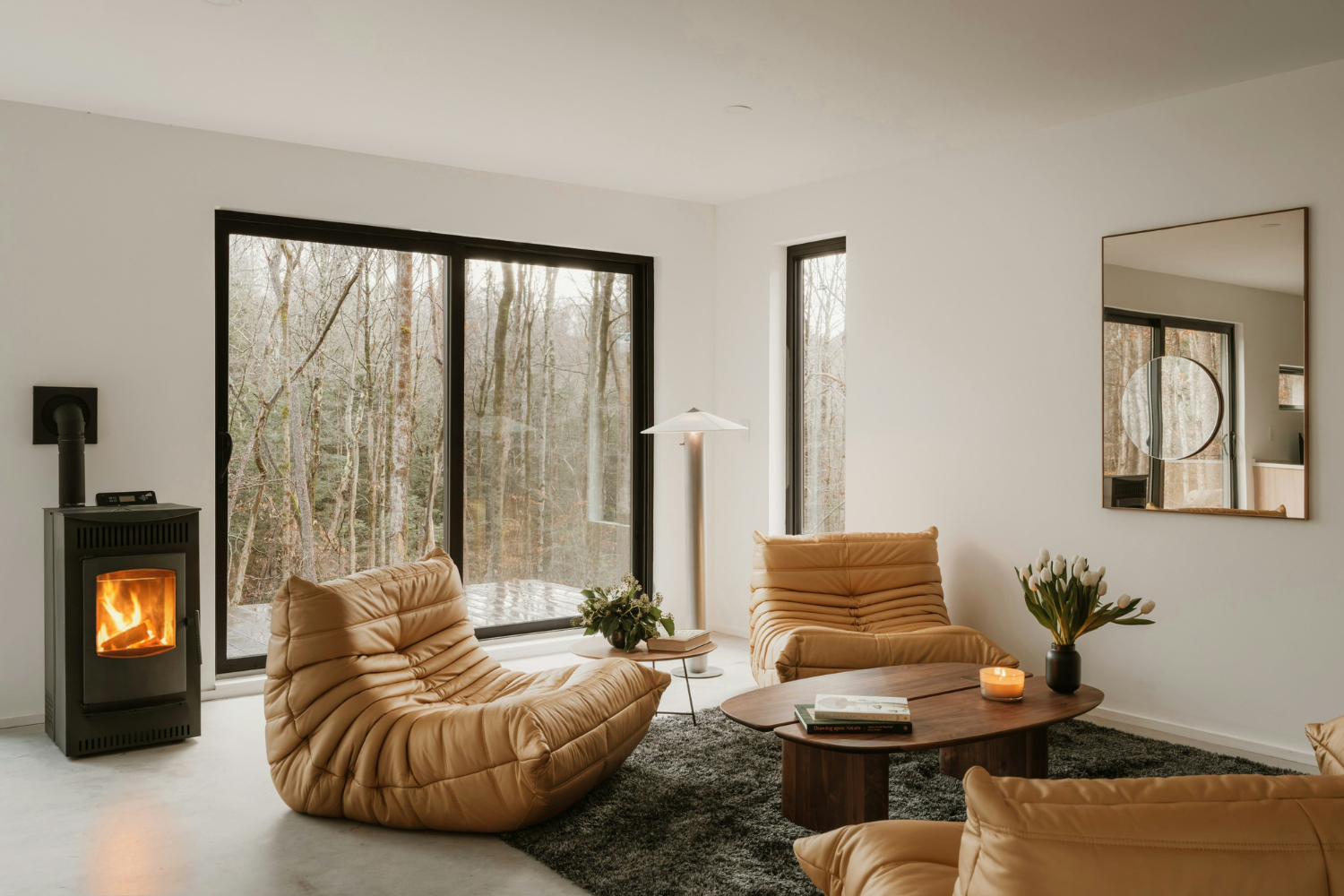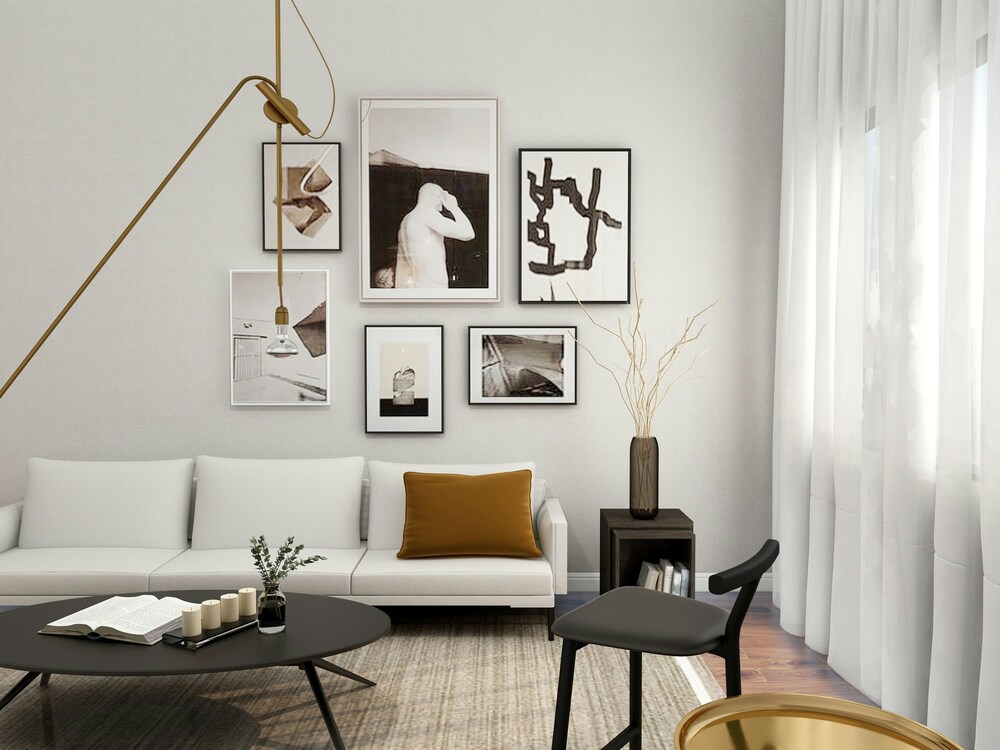- Home
- Articles
- Architectural Portfolio
- Architectral Presentation
- Inspirational Stories
- Architecture News
- Visualization
- BIM Industry
- Facade Design
- Parametric Design
- Career
- Landscape Architecture
- Construction
- Artificial Intelligence
- Sketching
- Design Softwares
- Diagrams
- Writing
- Architectural Tips
- Sustainability
- Courses
- Concept
- Technology
- History & Heritage
- Future of Architecture
- Guides & How-To
- Art & Culture
- Projects
- Interior Design
- Competitions
- Jobs
- Store
- Tools
- More
- Home
- Articles
- Architectural Portfolio
- Architectral Presentation
- Inspirational Stories
- Architecture News
- Visualization
- BIM Industry
- Facade Design
- Parametric Design
- Career
- Landscape Architecture
- Construction
- Artificial Intelligence
- Sketching
- Design Softwares
- Diagrams
- Writing
- Architectural Tips
- Sustainability
- Courses
- Concept
- Technology
- History & Heritage
- Future of Architecture
- Guides & How-To
- Art & Culture
- Projects
- Interior Design
- Competitions
- Jobs
- Store
- Tools
- More
Mental Health Advantages of Minimalist Spaces

Think of the highly digitized world we live in today – constant notifications and distractions. It is little wonder that at the end of the day, we feel scattered and exhausted. But what do we come home to? An equally cluttered environment? No, that is not fulfilling. This is why many are turning to minimalism.
We know minimalism as a lifestyle choice that is characterized by mindful living and simplicity, but did you know that these elements can even extend to your physical environment? Yes! In this article, we shall explore the mental health advantages of how decluttering your physical environment can lead to a clearer mind and a lower stress life.
Table of Contents
ToggleWhat Is Minimalism in Interior Design?
As you are familiar with the concept of minimalism in general, minimalism in interior design is a modern design that involves using bare essentials to create an uncluttered environment. It is characterized by simplicity, clean lines, and a monochromatic palette combined with open floor, lighting, and functional furniture.
In a nutshell, it is when you strip away the elements you do not need to declutter your physical environment so as to create a visual sense of relaxation and peace. Minimalism in interior design can extend to different rooms – the living room, bedroom, and kitchen.
How Your Environment Affects Mental Health?
Minimalism in your environment signifies a shift away from a society that emphasizes capitalism and materialism. Instead, you voluntarily avoid these pressures to follow simplicity and align your physical environment with your own personal principles to indicate self-determination, mindful living, and a greater sense of well-being.
Minimalism removes the unnecessary from your physical environment – this directly affects your mental health, where an orderly environment declutters your mind and reduces stress and anxiety. Removing distractions even enhances your focus, mindfulness, mood, and productivity.

Key Mental Health Benefits of Minimalist Spaces
Reduced Stress and Anxiety
Stripping down your physical environment to a bare minimum reduces stress and anxiety. Of course, this is not just some passed-down wisdom – we have real scientific research that indicates that minimalism can reduce your stress levels, and in doing so, it can increase your
life satisfaction levels as well.
Improved Focus and Productivity
Simplifying your environment means less cognitive load; this means improved focus and productivity, as it makes day-to-day decision-making easier.
Enhanced Emotional Clarity
Along with improved focus and productivity, you also have emotional clarity in that it relaxes you, declutters your mind, and gets you to focus on the simpler pleasures of life. It even encourages your creative thinking.
Better Sleep Quality
Minimalism fosters relaxation; when you feel relaxed, you can sleep better. Putting away your digital devices and engaging in deep breathing exercises at least one hour before sleep can also help you with better sleep.
Increased Sense of Control
When a minimalistic lifestyle and environment align with your principles – even if it is against the general values of capitalism and consumerism – then you can physically see how you have exercised a sense of autonomy. When what you see is what you get, it has a positive effect on your sense of control.
Designing Your Space for Mental Wellness
Three elements are crucial to designing a minimalistic environment for your mental wellness – bare essentials, clean lines, and a monochromatic color palette.
Bare Essentials – Open layout, lots of lighting, and minimum materials without excessive decoration indicate freedom and peace. If you feel this is too little for your liking, you can decorate the wall with an artwork or an indoor plant.
Clean Lines – Flat, smooth surfaces and clean lines become the center of your minimalistic physical environment. You do not have to invest in lavishly decorated furnishings or other decor. By incorporating smooth surfaces and clean lines, you can bring out the simplicity in your living environment.
Monochromatic Color Palette – A monochromatic color palette is emphasized by whites, beiges, and greys. We understand this can seem a little dull for you at times – so, you can mix up the colors or use textiles like wool and cotton in your furnishings and other accessories for that touch of warmth.
Final Reflections
A minimalistic living environment is more than just a clean environment to live in – it is a reflection of your principles that become manifested in your home. Rooted in simplicity and mindful living, minimalism creates room for mental clarity, focus, and well-being. Backed by scientific research, this approach not only reduces stress but also shifts your attention to the smaller, meaningful details of life that can often become overlooked in the hustle and bustle of daily life. It is in a minimalistic environment that you can discover a sense of emotional freedom that becomes the foundation for a deeper purpose and lasting fulfillment.
illustrarch is your daily dose of architecture. Leading community designed for all lovers of illustration and #drawing.
Submit your architectural projects
Follow these steps for submission your project. Submission FormLatest Posts
BXB Studio’s Hybrid Interior: Redefining the Modern Architectural Workplace
The Warsaw headquarters of BXB Studio was established in a modest 70...
5 Must-Know Interior Design Trends in American Homes
From warm minimalism to bold oversized artwork, these five interior design trends...
How Open Kitchens Create a Sense of Space Indoors (Without Sacrificing Function)
Open kitchens: see how sightlines, lighting, and smart layouts make rooms feel...
The Revival of Chunky Fiber Crafts in Modern Interior Design
Contemporary interior architecture has shifted away from hard minimalism. After a decade...












Leave a comment